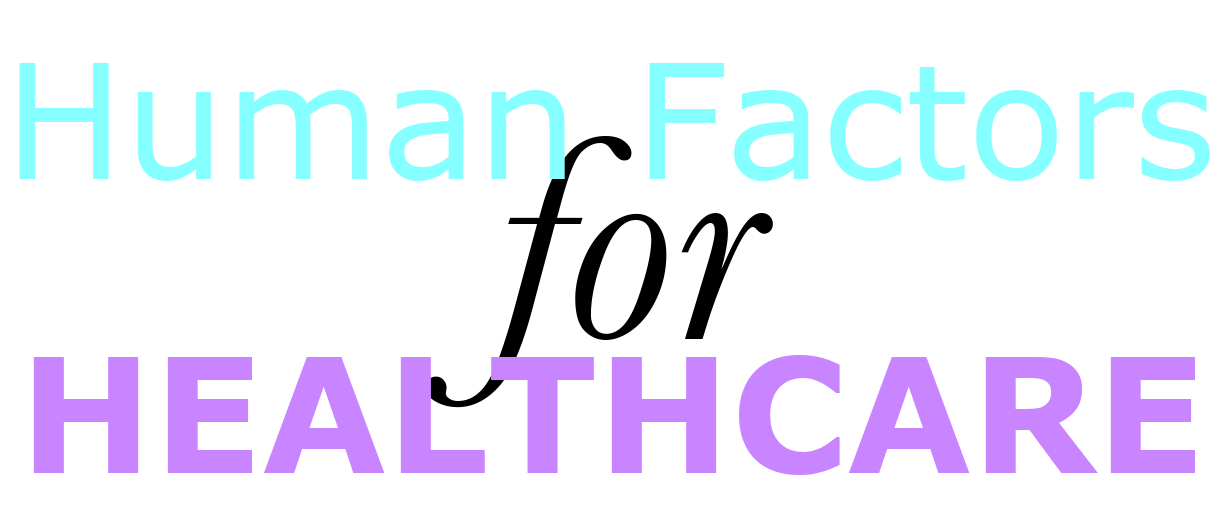Task Analysis
Key Points
- Understand the tasks users perform to reach their goal/s.
What are they and Why use them
Task Analysis is about understanding the tasks required by participants to achieve their goal(s). This is important as it allows the researcher to understand the entire workflow for individuals or a team working together to perform a task (e.g. surgery), and highlight the tasks that cause the most frustration for the user(s). Task analysis allows the researcher to understand how the participants progress towards their goal and what is required for them to achieve along the path towards their goal.
There are several types of task analysis that can be completed, depending on the situation; however, in the case of healthcare, there are two main task analysis that can be performed: physical and cognitive. Physical task analysis is the process of identifying the actions that users perform to achieve their goal within their environment and includes capturing any subtasks. A cognitive task analysis is focused on the “thinking” tasks where decision-making, problem-solving, and judgements relating to the goal are taking place.
Performing a task analysis allows for the users’ process flow to be captured and identifies the means by which they interact with the environment around them and can highlight when and how they make decisions to progress towards their goal. It provides insight into opportunities for improvement that may not otherwise be obvious. Completing a task analysis provides essential information to understand where new technology will be situated within the process flow, identifies what other aspects of the process will be affected, and how the cognitive load of the user can be reduced.
When to use them
Task analysis should be conducted as early as possible and, in most instances, can be completed alongside an observational or contextual inquiry study. Identification of the tasks that cause the most physical and cognitive effort for users at the beginning of the design process allows for more appropriate prototypes to be generated in later development phases, which will have the most impact on improving performance of the user. Additionally, a second task analysis can be carried out when conducting ‘in the wild’ testing, to ensure that the technology is being used when expected and to see how users integrate the technology into their workflow and identify how it improves their decision making.
Pros
Identify key tasks that require attention, can be produced in line with other methods, provides the researcher with a clear understanding of what is involved to achieve a set task.
Cons
Having reliable observational, contextual inquiry, and interview data that can be structured into a valid task analysis.
Points to ponder
- What are the goal(s)?
- Does the task contribute to achieving the goal?
- How do the tasks relate to each other?
- Are there any tasks that are unnecessarily repeated?
- Who does the task affect?
- What decisions are being made during each task?


